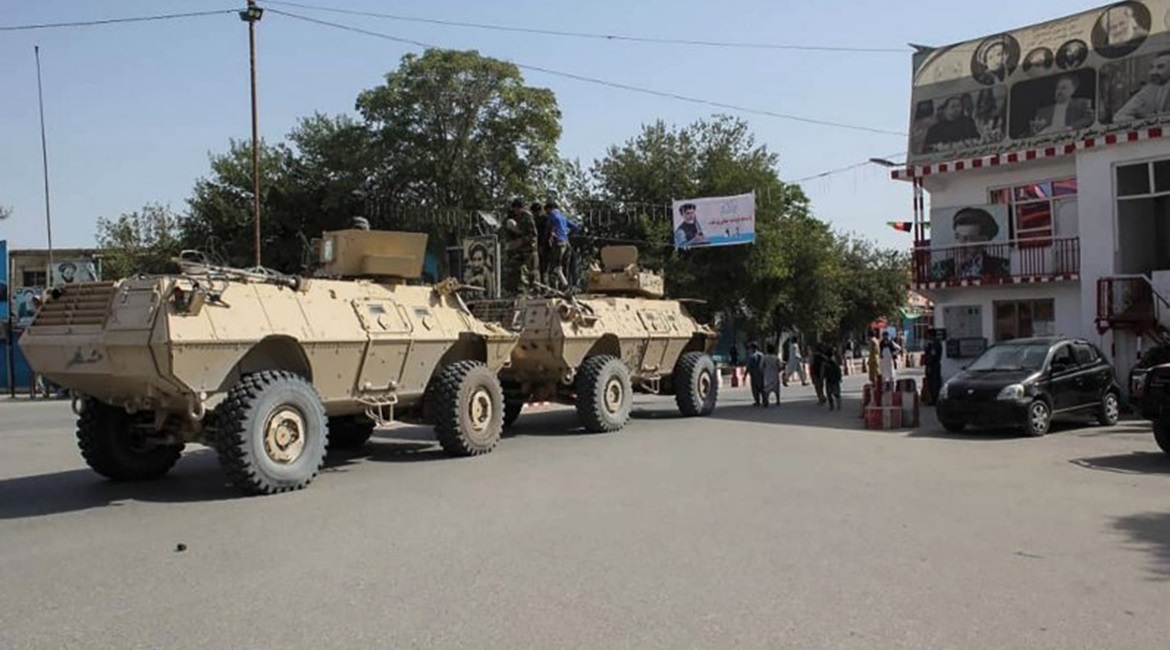
The Taliban militant group launched attacks on Puli Khumri, the capital of Afghanistan’s Baghlan Province, on 1 September just a day after it overran several parts of Kunduz City, the capital of Kunduz Province, as the militants ramp up combat operations across the Central Asian country in an apparent move to bolster their bargaining position in ongoing peace negotiations with the United States.

Two of the Mobile Strike Force Vehicles used by Afghan forces to repel a Taliban attack on Kunduz City on 31 August. (Bashkir Khan Safi/AFP/Getty Images)
The Taliban's co-ordinated and multi-pronged assault on Kunduz City, which had already been overrun twice by the militant group since 2015, began in the early morning hours of 31 August with “hundreds of militants” storming the strategically important city after overrunning several checkpoints, according to local media reports.
The office of Afghan President Ashraf Ghani said in a statement that the Taliban “caused harm and damage to [both] the public and civilian facilities in an attempt to cause horror for its citizens”, but emphasised that the attack was repelled that same day by the Afghan National Defense and Security Forces (ANDSF), which were quick to respond.
Ghani’s spokesperson, Sediq Sediqqi, tweeted that same day that the insurgents suffered “heavy casualties” as Afghan commandos and special forces were sent in to drive the insurgents out of the city. The NATO-led ‘Resolute Support’ mission told Jane’s that coalition forces “provided support” to Afghan forces, with several media outlets reporting that both the Afghan and US air forces carried out airstrikes against the militants.
Looking to read the full article?
Gain unlimited access to Janes news and more...




